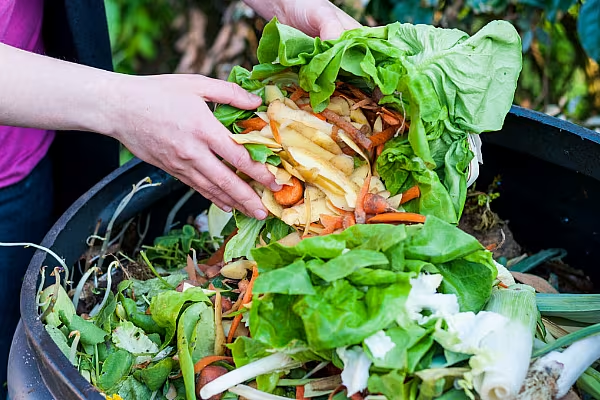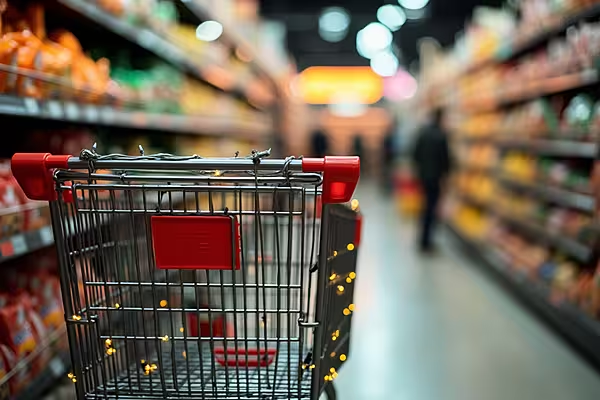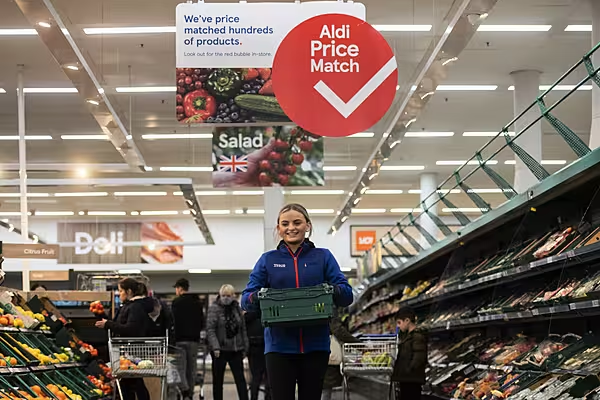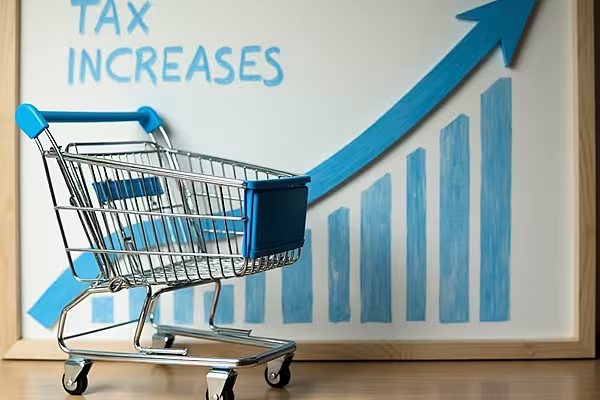Food waste can be a challenge for retailers and consumers, but also represents an opportunity, according to Daymon.
On a planet with dwindling resources, adhering to a circular economy is no longer just a ‘nice to have’ – it’s an imperative for businesses and consumers alike. Re-using and re-appropriating food waste is now a core part of many retailers’ and CPG firms’ environmental strategies, while consumers have also shifted their shopping habits to a more circular economy mindset.
As the Ellen MacArthur Foundation, which actively promotes the importance of a circular economy, has put it, the existing linear consumption model – based around a ‘produce-use-discard’ template – is ‘deeply flawed’, and needs to be replaced with a more restorative model, which sees waste as a raw material from which to develop a new product.
As highlighted by Daymon’s Circularity microtrend, if the willingness to act is there, this can turn into positive, practical actions, such as refill stations, repurposed and upcycled products, and bulk-buy shopping platforms. Elsewhere, Daymon’s Transparency=Trust microtrend highlights consumer demand for clarity and authenticity, necessitating the need for transparency and disclosure on sensitive matters such as waste management.
Scale Of The Issue
Unfortunately for the industry, existing production and consumption models also carry an entrenched degree of waste creation.
According to UNEP, FAO and WWF, some 1.2 billion tonnes of food is lost in farming and post-harvest each year, while 370 million tonnes is lost during processing, storage and distribution. Altogether, this means that 63% of total food loss takes place in the production phase – compared to 37% in retail and consumption – and, more worryingly, that 40% of global food produced is wasted.
At a time when around 10% of the global population is undernourished, this raises both an ethical and a business dilemma.
Food Loss And Surplus
While much wastage in the food industry occurs during harvest or in the early production stages, impacted by climate factors, transportation issues and geopolitical instability, there are also elements of the production cycle that could be optimised in order to limit said waste.
Each harvest produces a quantity of misshapen products that don’t meet the required standards for size, weight, shape or colour, despite being perfectly edible. Unlocking the value of this surplus – whether to be re-sold or upcycled into a different product – requires a collaborative approach between producers and retailers, and many are taking a proactive step forward in this regard.
As an example, Portuguese producer Mendes Gonçalves recently partnered with retailer Sonae MC and the Instituto Superior de Agronomía (ISA) to combine misshapen cabbages and carrots with Portuguese algae, to create a fermented vegetable mix SKU – a solution that meets consumer demand for both sustainable and healthy products.
In the UK, meanwhile, Tesco introduced the ‘Tesco Exchange’ platform in 2022 – an online marketplace that links suppliers that have a surplus of a particular crop or products with those looking to obtain said items. This scheme helps to reduce both waste and production costs.
Elsewhere, in Spain, El Corte Inglés has developed a partnership with Cervezas Mica, which sees the retailer provide the brewer with surplus bread from its Valladolid bakeries – the barley and malt from which are re-appropriated to generate the starch and sugar needed for the beer fermentation process.
Food To Be Saved
Another area of focus for retailers when it comes to tackling food waste is ensuring that food nearing its best-before or use-by date is consumed before it expires.
One of the most popular solutions to be introduced across Europe in recent years is Too Good To Go, founded in Denmark in 2015, which is a marketplace app that makes available surplus food for sale at a discounted price. Users simply log on to the app, and see what is available from any number of retailers or foodservice partners in their area, before picking up a ‘Surprise Bag’ of items at an allotted time. According to the B-Corp certified firm, some 79 million meals were saved from going to waste last year.
A similar example, Refood, which has expanded from its native Portugal to Spain, Italy, USA and Brazil, is a volunteer-based association that works with the foodservice industry, collecting surplus food from restaurants, canteens or other culinary locations, assembling it into batches, and distributing it to those most in need.
Some have even developed a new retail model around the concept of preventing food from going to waste. Nous Anti Gaspi, a French retailer established in 2018, works with all players – farmers, manufacturers and retailers – to offer a wide range of products that fall short of traditional standards.
Aside from the efforts of the business sector, governments have also stepped up to the plate when it comes to addressing food waste. In June of this year, Germany’s Bundesanstalt für Landwirtschaft und Ernährung (Ministry of Food and Agriculture) established the Pact Against Food Waste, under which 23 major firms committed to reducing their food waste by 30% by 2025 and by 50% by 2030. Among the signatories to the pact were major retailers such as Lidl, Kaufland, Aldi and REWE Group.
Waste At Home
Household waste represents an important part of the food waste spectrum, with a recent study from Capgemini finding that households account for 61% of food waste at the consumption stage. Much of this stems from households buying or preparing more than they need. However as consumers become more conscious about their wastage habits, so they are looking to retailers to help them make more informed decisions.
In the UK, Morrisons has scrapped its use-by label from its private-label milk products, inviting shoppers to assess themselves whether a product is still good to use – the retailer has suggested that consumers use a ‘sniff test’ to determine whether milk has spoiled.
The Next Steps
Adopting a circular mindset in dealing with food waste can be complex, but is likely to become a prerogative as the decade progresses. As the examples detailed above have shown, achieving the desired goals is a question of transparency, of compliance, and, importantly, of collaboration – working with other stakeholders on developing win-win solutions.
According to Daymon, before embarking on any food waste reduction initiative, it’s important for businesses to firstly identify the pain points – where the key focus areas are, and how a circular mindset can be introduced. Secondly, as waste management is a shared mission, it’s essential that businesses collaborate with like-minded parties on joint solutions as well as monitor the outcome of these combined efforts – information that can be shared with businesses on the same journey, as well as with consumers.
Finally, all change requires education – educating associates, partners and consumers on the changes that are being made, the reasons why, and the results generated. After all, change can only be meaningful if it is a truly joint effort.
To learn more about how Daymon can help you, contact idc@daymon.com.














